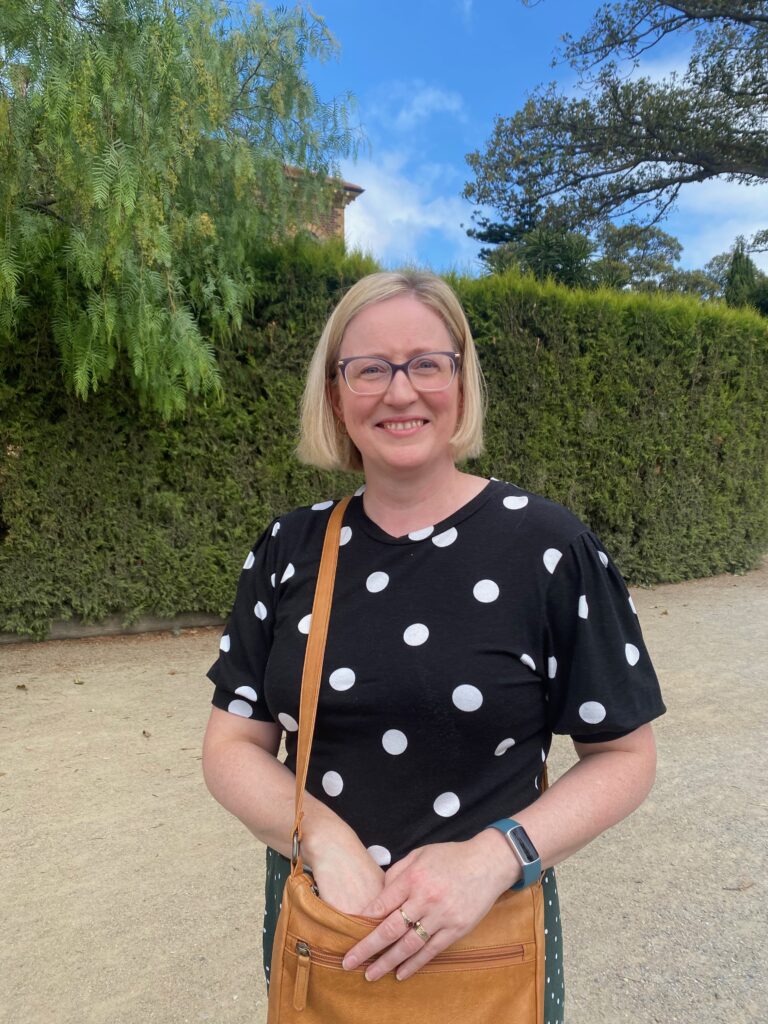
- This event has passed.
Jack Wetherly under the microscope
December 4, 2019 @ 12:30 pm - 1:30 pm
FreeEvent Navigation

We are delighted to present a talk by Catherine Gill who has been volunteering at the RHSV. Catherine writes,
“As part of my recently completed Masters in Cultural Materials Conservation, I was given opportunity to study the portrait of Jack Wetherly. The original artwork was painted in 1840 by Thomas Napier. Records at the RHSV state that the painting in its collection is a copy of the original artwork and was possibly painted by Thomas Clark.
“With consent from the RHSV I was able to undertake a research study on the painting of Jack Wetherly for my thesis. The focus was to conduct scientific analysis of the materials used by the artist in order to assist with the creation of a conservation plan to treat the painting. Another purpose of the study was to gather knowledge that this portrait holds about Jack Wetherly and the history surrounding him to accompany the portrait. The talk will focus on the two areas of the research findings as well as the process undertaken to conserve the portrait.
About the painting
Thomas Napier migrated to Hobart with his companion from England the builder John Brown (later of Como, Victoria). During his time in Hobart ‘he saw the surviving members of the Big River Tribe being brought into Hobart Town by George Augustus Robinson en route to Flinders Island’ (Trove, 2019). The Barber Chronicles (1979, p. 60) state that ‘By permission of the authorities he was enabled to paint on canvas several portraits of the Natives, including one of the chiefs called Manalangana which is now housed at the Melbourne Savage Club.’ The portrait Alphonse, the Tasmanian retitled A Tasmanian Aboriginal is housed at Queen Victoria Museum and Art Gallery. Another painting of Woureddy and Trukanini is held in a private collection.
“Napier migrated to Melbourne soon after these portraits were done and was amongst the first people to purchase land at the first land sale. After about 18 months, he established a cattle station near Dandenong and it is likely he met the Boonwurrung man Jack Wetherly. After a year he returned to Melbourne and this is probably when the portrait was painted.
“Information about Jack Wetherly was found in the journals of William Thomas who was appointed as one of four assistant protectors under the Port Phillip Protectorate (1839-1849). Thomas was responsible for the western Boonwurrung and Woiwurrung clans. Part of the role of the protectors was to record interactions with the Aboriginal people under their assigned care. As a result of this, Thomas created journals that documented names and activities and the places to which the Aboriginal people travelled. We learn from these records some information about Wetherly’s journeys from the protectorate on the Mornington Peninsula to Melbourne and Dandenong and some of the events that happened in his life during the period he was under the watch of William Thomas.
“Before commencing my masters, I worked as a Visual Art teacher for many years. I currently work part-time at the University of Melbourne coordinating the Arts West Gallery Space and continue to volunteer at RHSV.”
Attendees are more than welcome to eat their lunch whilst listening to Catherine and we’ll have tea / coffee available from 12noon onwards.
Aboriginal and Torres Strait Islander people are warned that the event will exhibit images of deceased persons.
Image credit:
Thomas Napier (copy) Jack Wetherly a Victorian Native, 1840, oil on canvas, 79.7 x 66.9 cm (unframed), Melbourne, Royal Historical Society of Victoria




 239 A'Beckett Street Melbourne, Victoria, 3000
239 A'Beckett Street Melbourne, Victoria, 3000  03 9326 9288
03 9326 9288  office@historyvictoria.org.au
office@historyvictoria.org.au  Office & Library: Weekdays 9am-5pm
Office & Library: Weekdays 9am-5pm

